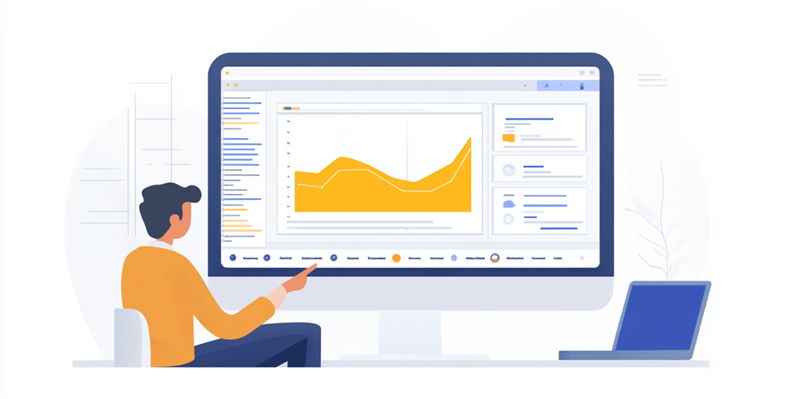In the highly competitive world of retail, the efficient handling of operations can mean the difference between a business that thrives and one that falters. This challenge becomes even more pronounced when retailers rely on disconnected systems for sales transactions and back-end management. x2x eCommerce recognized this gap and facilitated a groundbreaking integration between a retailer’s POS and ERP systems, leading to a significant transformation in the retailer’s business operations.
Unified System for Retail Operations
Before the integration, retailers often dealt with standalone systems where their POS handled sales transactions and their ERP managed tasks like inventory and finance. This fragmented approach resulted in inefficiencies, duplicate reporting, and delayed decision-making. x2x’s innovative integration of the POS and ERP systems enabled automatic and real-time data transfer. This not only enhanced the efficiency of daily operations but also provided managers with immediate insights for more informed decisions.
Real-Time Inventory Management
In the pre-integration scenario, stock records were often manually updated after sales, leading to discrepancies and issues like overstocking or stockouts. With x2x’s solution, inventory updates occur in real-time as products are sold or received. This provides accurate stock levels across all locations and enables better restocking decisions, significantly reducing holding costs and smoothing the overall supply chain process.
Higher Financial Accuracy
Manual entry of sales and returns into the ERP system used to lead to frequent errors and delays in financial reporting. Post-integration, sales, taxes, and payment details are automatically updated in the ERP system. This ensures real-time accuracy in financial records and streamlines tax compliance, all based on up-to-date data, eliminating the potential for human error.
Enhanced Customer Experience
Disconnected systems before integration made it challenging to offer personalized deals or timely products to customers. After x2x’s integration, retailers benefit from real-time inventory checks, better loyalty program tracking, and faster checkouts, all of which contribute to improved customer satisfaction and operational efficiency.
Simplified Omnichannel Operations
Before incorporating x2x’s solutions, retailers with separate systems for online and offline channels faced challenges in marketing, pricing, promotions, and inventory management. Post-integration, centralized control of all channels ensures consistent pricing and inventory management across both in-store and e-commerce platforms. This creates a seamless shopping experience for customers regardless of how they choose to shop.
Enterprise-Wide Reporting and Analytics
Previously, data silos made generating actionable insights a difficult task for the retailer. With the integrated systems in place, the retailer can access unified reports, revealing trends in sales, stock, and customer behavior. These insights are invaluable for strategic decision-making and growth planning.
Operational Efficiency and Reduced Cost
In the fiercely competitive retail landscape, efficient operations can make or break a business. This challenge is exacerbated when retailers depend on disconnected systems for sales transactions and back-end management. Retailers that struggle with disjointed systems often face cumbersome processes, slow response times, and missed opportunities. Recognizing this critical issue, x2x eCommerce stepped in to bridge the gap by integrating a retailer’s Point of Sale (POS) and Enterprise Resource Planning (ERP) systems.
This groundbreaking solution revolutionized the retailer’s operations, streamlining processes, enhancing real-time data exchange, and ultimately improving decision-making capabilities. The seamless integration allowed for better inventory management, accurate financial tracking, and a more cohesive customer experience. As a result, the retailer experienced increased efficiency, reduced operational costs, and gained a competitive edge in the market. By aligning front-end and back-end operations, x2x eCommerce enabled the retailer to thrive, demonstrating the transformative power of technology in modern retail.

